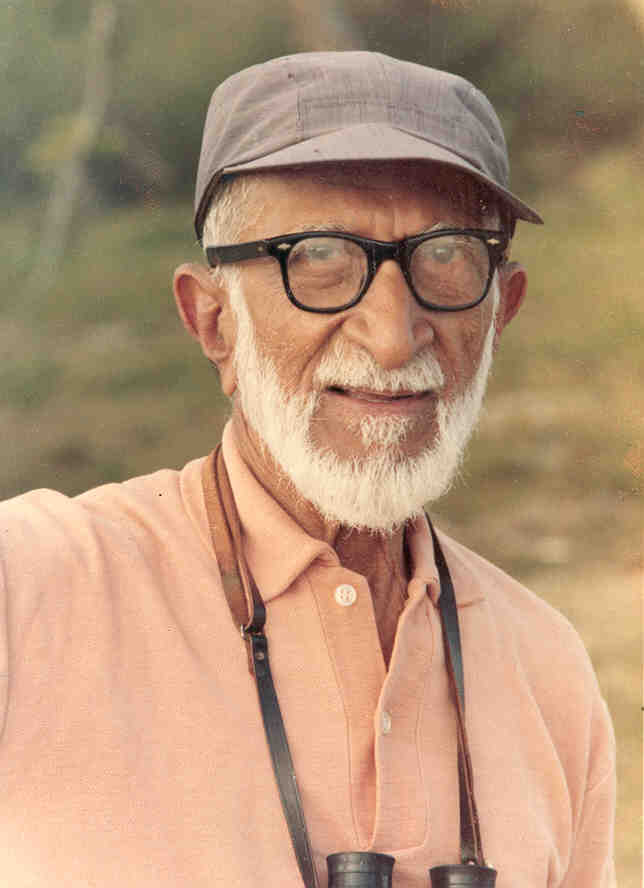Salim Ali


He developed his curiosity about birds at ten years of age when he noticed a falling bird. He quickly helped the bird and questioned its kind. His uncle had taken him to W.S. Millard, the Honorary Secretary of the Bombay Natural History Society, intended to get the answer. Millard showed him several stuffed birds after seeing his interest in them. After identifying the bird, Salim developed his interest in birds and frequently visited the place.
Although Salim Ali attended college, he didn’t receive any university degree. He went to assist his brother in tungsten mining and timber in Burma (now Myanmar) but frequently studied birds. When he returned to Bombay, he studied and completed a degree in zoology from St. Xavier’s College, Mumbai. He married his distant relative, Tehmina Begum, in December 1918. He worked as a guide in 1926 at the museum of Bombay Natural History Society.
With his growing interest in birds, Salim visited Dr Irvin Stassman, a world-famous ornithologist, in Germany. One year later, he had to work as a clerk at the museum as he lost his job as a guide. Fortunately, the position allowed him to carry on his bird research. His wife’s house at Kihim (a small village near Mumbai) was a peaceful place surrounded by trees, where Salim Ali would spend his time researching the weaver bird’s activity. He published a research paper discussing the nature and activities of the weaver bird in 1930, which made him famous and established his name in the field of ornithology. He travelled to various places to conduct bird surveys and made detailed observations.
He wrote a book named “The Book of Indian Birds” in 1941, which discussed the kinds and habits of Indian birds. It was a well-sold book for several years. He collaborated with S. Dillon Ripley, a world-famous ornithologist, in his study of birds. Together they wrote the “Handbook of the Birds of India and Pakistan” (10 volume set), a comprehensive book covering ten years of work from 1964-to 1974 that describes the birds of the subcontinent, their appearance, habitats, breeding habits, and migration.
Salim Ali also wrote other books such as regional field guides, “Common Birds” (1967) and an engaging autobiography “The Fall of Sparrow” in 1985. He also contributed to the arena of nature protection. He was internationally awarded INR 5 lacs for his extraordinary efforts, but he donated all the money to the Bombay Natural History Society. The Government of India honoured him with a Padma Bhushan in 1958 and a Padma Vibhushan in 1976.
The Birdman died at the age of 90 on 20th June 1987 after a prolonged battle with prostate cancer.






